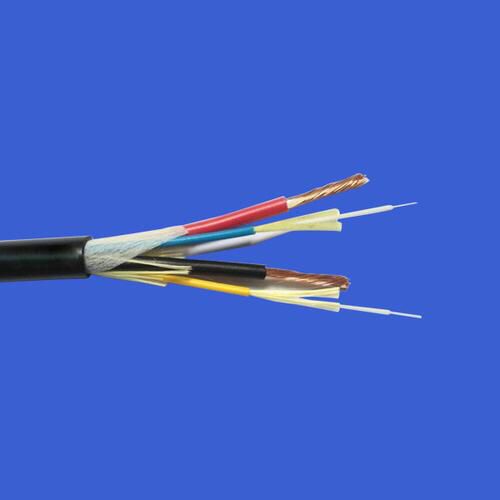Optical modules are essential components in modern fiber optic communication systems, enabling high-speed data transmission over long distances. Understanding the differences between single-mode and multi-mode optical modules is crucial for selecting the right one for your specific network application.

Differentiating Between Single-Mode and Multi-Mode Optical Modules
Core Differences
-
Core Diameter:
- Single-Mode (SM) Modules: These have a smaller core diameter, typically around 9 micrometers. This allows only one mode of light to propagate through the fiber, reducing modal dispersion.
- Multi-Mode (MM) Modules: These have a larger core diameter, usually between 50 and 62.5 micrometers. Multiple modes of light can travel through the fiber simultaneously, which can lead to modal dispersion.
-
Transmission Distance:
- Single-Mode Modules: Designed for long-distance transmission, often up to 10 kilometers or more without the need for repeaters.
- Multi-Mode Modules: Suitable for shorter distances, typically up to 550 meters for OM3 and OM4 fibers, and up to 300 meters for OM1 and OM2 fibers.
-
Wavelength:
- Single-Mode Modules: Typically operate at wavelengths of 1310 nm or 1550 nm.
- Multi-Mode Modules: Operate at wavelengths of 850 nm or 1300 nm.
-
Cost:
- Single-Mode Modules: Generally more expensive due to their higher performance and longer reach capabilities.
- Multi-Mode Modules: More cost-effective for shorter distances and lower bandwidth requirements.
Choosing the Right Optical Module for a Given Scenario
Considerations for Selection
-
Transmission Distance:
- If your network requires long-distance transmission (over 550 meters), a single-mode optical module is the best choice.
- For shorter distances, multi-mode modules are more appropriate.
-
Bandwidth Requirements:
- Single-mode modules offer higher bandwidth capabilities, making them suitable for high-speed data transmission.
- Multi-mode modules are adequate for lower bandwidth requirements but may not support the highest data rates over long distances.
-
Cost Sensitivity:
- If budget constraints are a concern and the application does not require long-distance transmission, multi-mode modules can be a more economical choice.
-
Fiber Type:
- Ensure compatibility with the type of fiber you are using (e.g., OM3, OM4 for multi-mode, single-mode fiber for single-mode modules).
-
Future Scalability:
- Consider future network expansion and potential upgrades. Single-mode modules offer greater flexibility for scaling up bandwidth and distance.
Example Use Cases
- Data Centers: Single-mode modules are often used in data centers due to their high bandwidth and long-distance capabilities.
- Campus Networks: Multi-mode modules are commonly used in campus networks where shorter distances are involved.
- Telecommunications: Single-mode modules are preferred for long-haul telecommunications due to their efficiency over long distances.
Conclusion
Choosing between single-mode and multi-mode optical modules depends on the specific requirements of your network application, including transmission distance, bandwidth needs, cost considerations, and compatibility with existing fiber infrastructure. By carefully evaluating these factors, you can select the most appropriate optical module to ensure optimal performance and reliability of your network.
For more detailed information on optical modules and their applications, you can refer to DFT's extensive range of products and resources.






